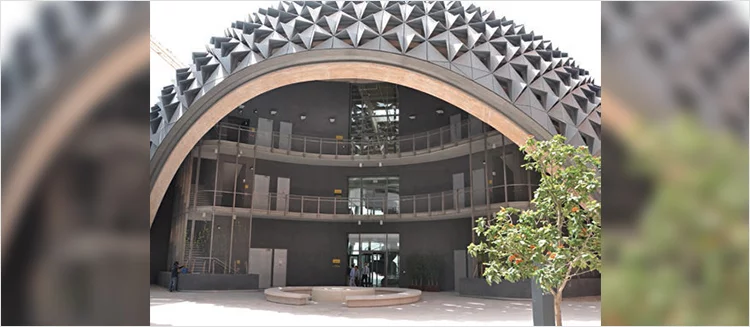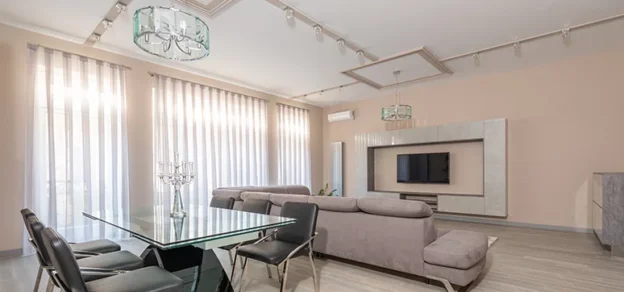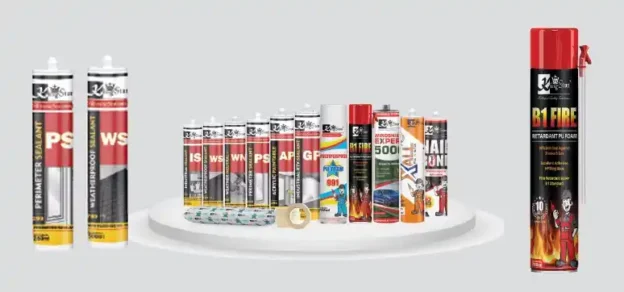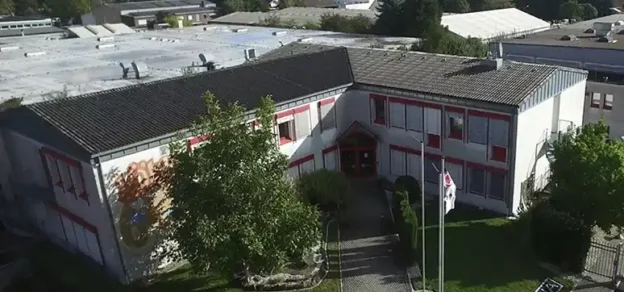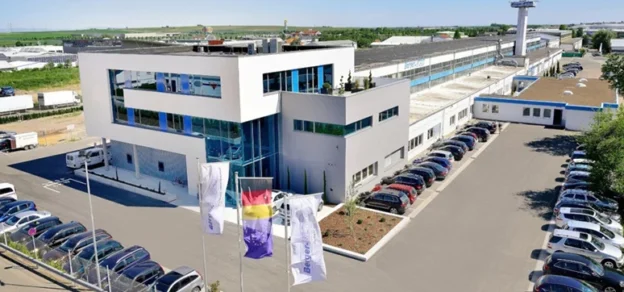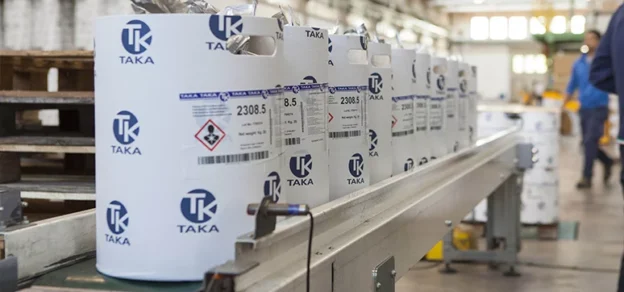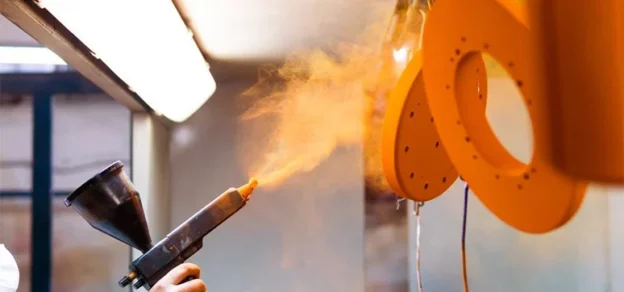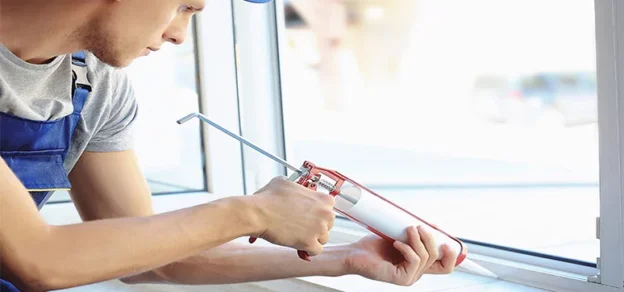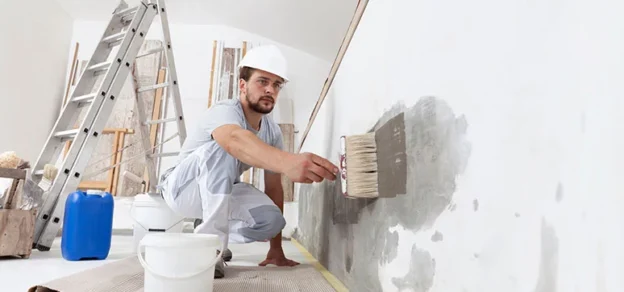Today, the advancement in technology and innovation has turned our once simple cities into beautiful landscapes and skylines that are the epitome of architecture and design. No more does the term concrete jungle apply to our cities; they are now instead an artistic display of twisted and twirled sheets of steel and aluminium façades. India is known for its beautiful structures and monuments such as the Taj Mahal, Red Fort, Qutab Minar, India Gate, Mysore Palace and more, that are worldrenowned for their beauty, but most of all, they still stand tall as they were made to last.
Innovative architectural designs have transformed our cities with aesthetically pleasing materials such as glass, steel and aluminium, favoured by many architects for their design flexibility. Following this transformation, powder coating became a popular choice for architects, both big and small. Many of the architectural masterpieces we see today were made possible due to powder coatings.Powder coatings, a dry finishing process, has become an increasingly well-known procedure since its introduction in the late 60s and early 70s. It was mainly introduced as a more sustainable substitute to the industrial finishing process, as it involves a technique that eliminates the need for any solvents unlike liquid paint.
Initially, powder coatings were created using epoxy resins, and later using epoxy and polyester together to create more stable coatings. At this stage, powder coatings were used for a small number of metal-made indoor objects. Following advancements in technology and once chemists began to experiment with pure polyester resins, they discovered the true potential of this technology.
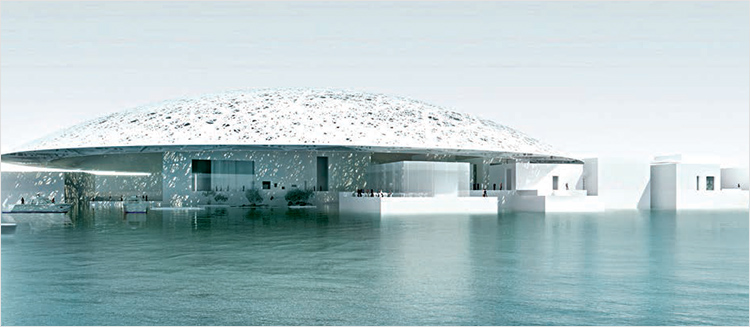
The main difference between a conventional liquid paint and a powder coating is that the powder coating does not require a solvent to keep the binder and filler parts in a liquid suspension form. The coating is applied electrostatically and is then cured under heat to allow it to flow and form a “film”. Architectural grade powder coatings are thermoset polyester; this is usually used to create a hard finish that is tougher than conventional paint.
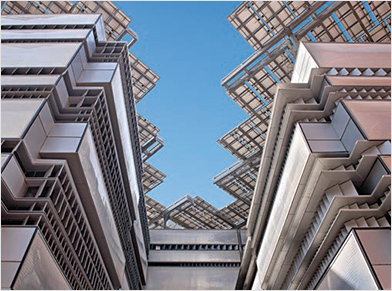
Architects and contractors were keen to accept this new technology due to its design flexibility, durability and environmentally friendly benefits. In addition, the popularity of aluminium extrusions added to the growing demand for the powder coating process.
Powder coatings also offered a wider range of colours, finishes and appearances such as matte, metallic and wood look, unlike the anodising process which was limited to a few colours, was not ecofriendly or durable. Many contractors also consider powder coatings to require an easier application process when compared to wet paint and anodising.These qualities convinced the entire architectural community on the benefits of powder coatings making them confident when specifying powder coatings as the finish of choice on architectural metalwork over all other competing technology.
The powder coatings market has matured due to growing technological advancements, new and creative innovations, and a rising need for sustainable solutions. Compared to liquid coatings which is known to be more popular, powder coatings have several advantages in terms of sustainability and ease of application, and in the long run, can be the most effective and efficient solution. In addition, architectural powder coatings are lead and chromiumfree and have no solvents, bringing them to the forefront of the green building revolution.
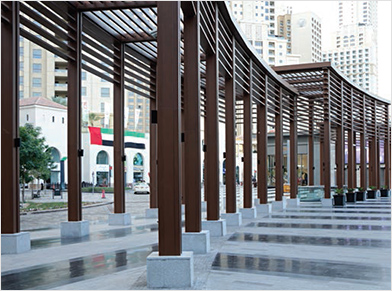
Today, powder coatings represent over 15 per cent of the total industrial finishing market. According to a new study by Global Market Insights, the global powder coatings market is estimated to exceed 3,800 kilo tons by 2023, growing at a CAGR of 6.8 percent. The analysis predicts revenue of $15.58 billion by 2023. This process has become popular due to its high-quality, durable finish that allows for maximized production, improved efficiencies and sustainable solutions. Powder coatings are often used for both protective and decorative finishing purposes, and are available in an almost infinite range of colours and textures.
Powder coating finishes can be found on thousands of products that we come across every day, from the roughest, toughest machinery to our everyday household materials. In addition to providing superior durability, powder coatings also ensure an attractive finish when compared to their liquid counterparts. Items that are coated using powder are more resistant to depreciate due to moisture, chemicals, ultraviolet light, and other extreme weather conditions, and are also protected against scratches, chipping, abrasions, corrosion, fading, and other wear-and-tear issues.
The pioneers that created the powder coating technology probably never dreamed that their innovation would be used for the far more complex needs of the architectural and construction industry. For over three decades, the world has been using architectural grade powder coatings for the aluminium extrusion industry. Polyester Powder Coatings Class 1 gained rapid popularity due to its recognition in the European markets. It is widely acknowledged as the premium option for powder coatings due to its ability to provide a high-level of protection against harsh weather and corrosion.
The demand for a powder coating finish in these regions grew as it provided a good alternative to anodising, and soon other markets such as the Middle East and South East Asia also began adopting Polyester Powder Coatings. However, due to the harsh climate in Middle Eastern, India and South East Asian regions, the need for upgraded Polyester Powder Coatings grew as this could provide better weathering performance. To cater to this need, continuous R&D has been conducted to provide Super Durable – Class 2 powder coatings that could not only last longer but also provide improved resistance to weather.
The advent of hyper durable technology based on fluoropolymer resin truly pushed the barrier of powder coatings technology. This was a breakthrough where powder coatings could not only match the weathering requirements of solvent based fluoropolymer PVDF coatings but could add the numerous benefits that powder coating technology provided like solvent free, single coat and user friendly. Hyper durable powder coatings – Class 3 are now being used on a number of landmark projects worldwide replacing traditional PVDF solvent based coatings.
Over the years, powder coatings have evolved to fit the requirements of the architectural industry. Due to the strict regulations that are being constantly outlined for the building and construction industry, powder coatings are becoming an increasingly popular process. In addition, other factors such as cost, ease-of-application, higher utilization rates, etc. are further pushing the growth of the powder coating segment. Innovations and developments within the powder coating industry has pioneered façade design and made possible what would have been considered unimaginable 40 years ago.
